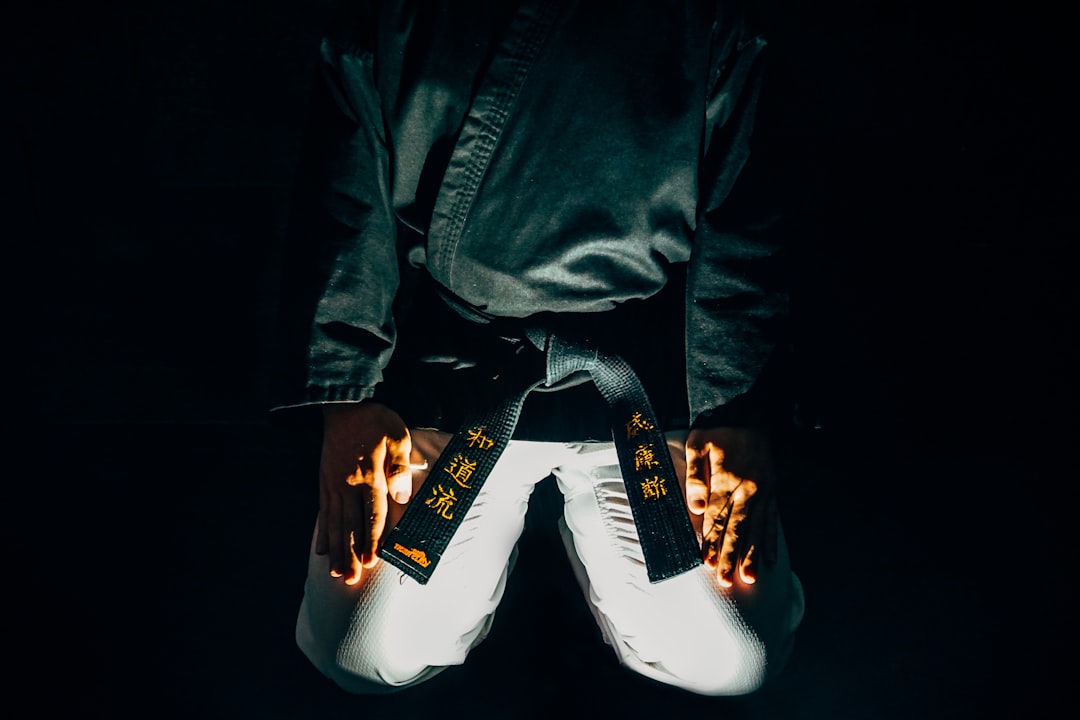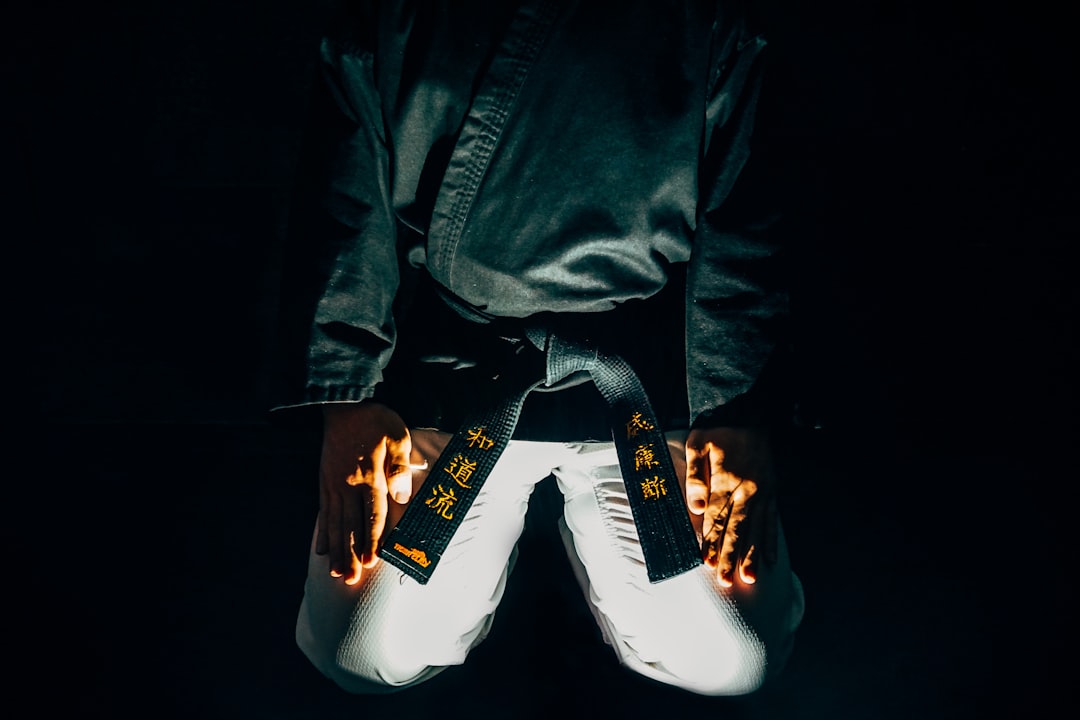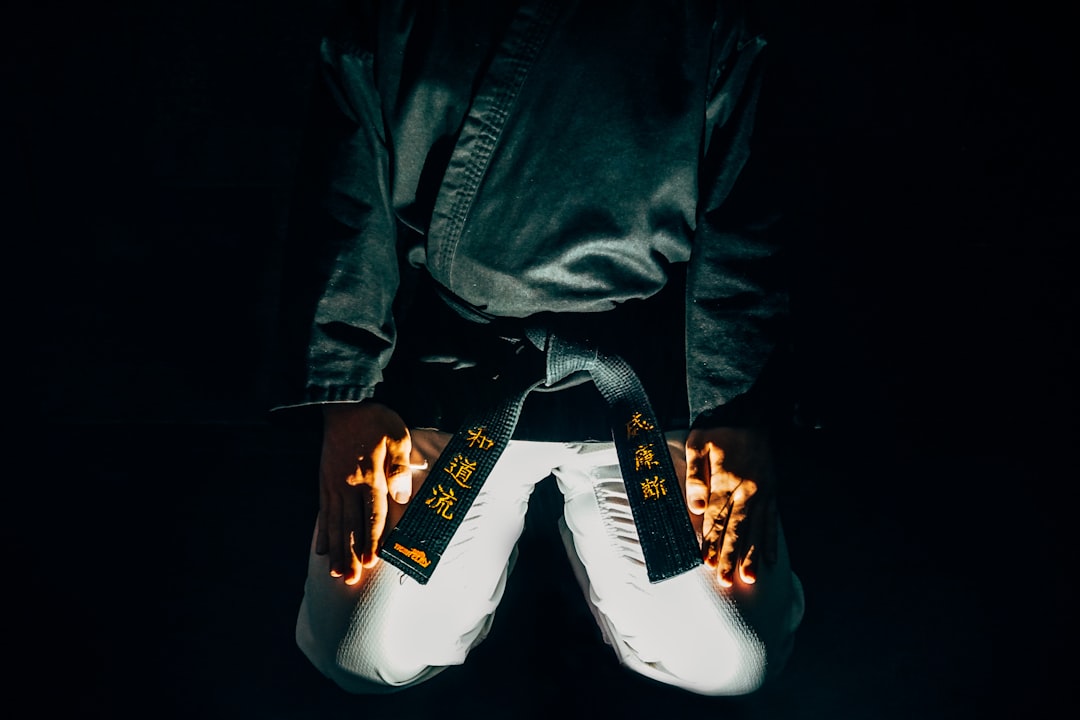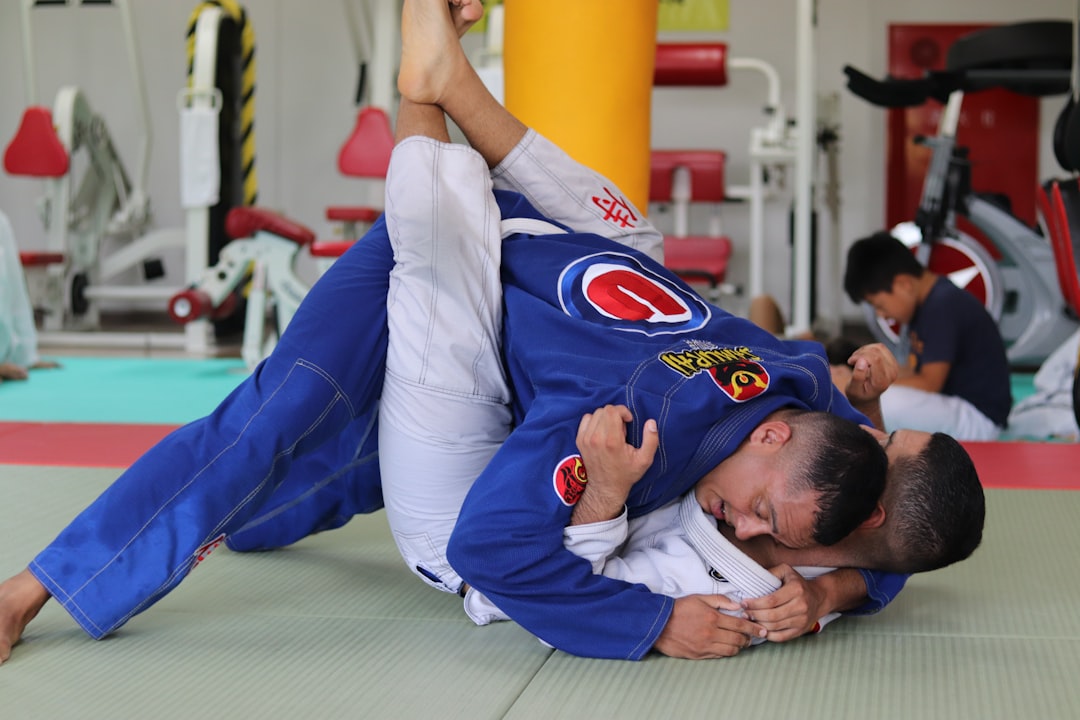The karate uniform, known as a gi, is central to the practice of karate, reflecting both its functional purpose and deep cultural significance. A traditional gi typically consists of a white jacket, straight-legged trousers, and a belt that indicates the wearer's rank and skill level. The design of the gi, which originated in Okinawa and has evolved over time to include modern materials like durable polyester blends, ensures both mobility and respect for karate's traditions. The karate uniform name, 'gi,' distinguishes it from attire used in other martial arts, emphasizing its unique status within karate's rich tradition. Today's karate gi may vary in style and material to accommodate different practitioner needs and preferences, with some incorporating performance-enhancing features such as moisture-wicking properties. Additionally, for those practicing both karate and judo, a 'judogi' might be chosen instead. Sparring uniforms are specifically designed with protective padding to prevent injury while maintaining full mobility, showcasing the adaptability of the karate gi in meeting modern training demands. The choice of karate uniform name and style is a personal decision influenced by both individual preference and the functional aspects of the discipline, ensuring that the essence of karate is upheld whether in traditional or contemporary practice.
When stepping onto the mats for a karate practice or competition, the attire donned by practitioners is more than mere clothing—it’s a tradition steeped in history and symbolism. Known commonly as a ‘karate uniform,’ this garb is central to the discipline and respect inherent in martial arts. This article delves into the term ‘karate uniform name’ and its various expressions through time, examining the garment’s key characteristics, historical evolution, and modern manifestations. Join us as we explore ‘The Anatomy of a Karate Uniform,’ trace its origins, and understand why this garb is integral to the martial art’s identity.
- Unveiling the Essentials: The Anatomy of a Karate Uniform
- Historical Evolution: The Journey of Karate Gi Etymology
- Key Characteristics: Identifying Features of Traditional Karate Attire
- Modern Manifestations: Contemporary Styles and Names of Karate Outfits
Unveiling the Essentials: The Anatomy of a Karate Uniform

When practitioners step onto the mats, they don their karate uniforms, a garment that serves both functional and traditional purposes. A karate uniform, often referred to as a gi, is a key component of a martial artist’s attire, signifying respect for the discipline and its origins. The gi typically consists of a jacket, trousers, and a belt, known as an obi, which indicates the wearer’s rank. Made from cotton or hemp, these uniforms are designed to facilitate movement while providing durability. They offer no padding, allowing for a true representation of form and technique. What do you call a karate outfit? A karate uniform is commonly called a gi, a term that encompasses the top, bottoms, and belt in one. The top, or jacket, buttons up the front and features long sleeves, while the trousers are straight-legged and secured by a drawstring for a snug fit. The obi, which ties at the back, not only holds the gi together but also signifies the practitioner’s level of skill and dedication within the martial art. The choice of color, white being the most traditional, further reflects the purity and simplicity inherent in karate practice. Is a karate uniform named specifically for its use in this discipline? Yes, the karate uniform is distinctly called a gi, which is different from those used in other martial arts, highlighting its unique role in karate tradition and training.
Historical Evolution: The Journey of Karate Gi Etymology

The term “karate uniform” typically refers to what is commonly known as a “gi” or “keikogi” in Japanese, which is the traditional garment worn by practitioners of karate. The evolution of the karate gi reflects the rich history and cultural significance of this martial art, originating from the Okinawa islands. Initially, Karate practitioners trained in simple cotton work clothes; however, as the practice formalized, a more standardized uniform emerged to facilitate movement and demonstrate respect for the discipline. Over time, the design of the karate gi has undergone various changes, influenced by the need for functionality, durability, and the integration of traditional values. Today, the karate gi consists of a jacket and pants, with a belt indicating the wearer’s rank.
The etymology of the term “karate uniform” itself is rooted in the linguistic heritage of Okinawa and Japan. The word “gi” comes from the Japanese term for clothing used for training in various martial arts. In Okinawa, this would have been referred to by a similar term, reflecting the shared cultural practices between the islands and mainland Japan during the 20th century. As karate spread globally, so did the use of the term “karate uniform,” which has become a universally recognized name for the garment that practitioners don when practicing this discipline. The evolution of the karate gi is thus not just a matter of style or comfort but a reflection of the ongoing cultural exchange and the martial art’s adaptation to different environments and communities around the world.
Key Characteristics: Identifying Features of Traditional Karate Attire

When one steps onto the mat to practice karate, the attire they wear is as much a part of the discipline as the techniques themselves. The traditional karate uniform, commonly known as a gi, serves both a functional and symbolic purpose. It is a garment that conveys respect for the art and its traditions. A key characteristic of the karate gi is its structure, typically comprising a jacket, trousers, and belt, which together provide a range of motion necessary for the various kata and sparring maneuvers. The jacket, or “ue-kimi,” is designed with a open front and fastened by buttons or ties, allowing for ease of movement without compromising on formality. The trousers, known as “rei-seru,” are straight-legged and also facilitate free motion while maintaining a traditional silhouette. The belt, or “obi,” tied around the waist, not only holds the garment in place but also signifies the rank of the practitioner within the dojo. Is it clear what the main components of a karate uniform are? Yes, the karate gi is made up of a jacket, trousers, and a belt, each with specific cuts and purposes designed to support the karateka during practice and training. Additionally, the fabric of the gi itself is usually cotton or a heavy polyester blend, providing durability and comfort for vigorous training sessions. Does this description align with what one might expect from a traditional karate uniform? Yes, the traditional karate uniform, or gi, is indeed a garment that balances tradition with functionality, ensuring that practitioners can move freely while maintaining the respect and discipline the art demands.
Modern Manifestations: Contemporary Styles and Names of Karate Outfits

When participating in karate, the attire a practitioner dons is not merely a uniform but a symbol of respect for the discipline and its traditions. Today, the classic white karate uniform, known as a gi, remains a staple in martial arts training worldwide. However, modern manifestations of this traditional garb have led to a variety of contemporary styles and names for karate outfits that cater to different needs and preferences. Are you curious about the latest trends in karate uniforms? Modern designs often incorporate elements such as moisture-wicking fabrics and flexible materials to enhance performance and comfort during rigorous training sessions. These updates maintain the integrity of the traditional gi while providing practical enhancements for today’s practitioners. In some styles, you might encounter names like “karategi,” which is specifically tailored for karate, or “judogi,” adapted from judo for those who cross-train in both disciplines. Additionally, specialized designs might be used for sparring, featuring protective padding strategically placed to minimize injury while allowing for a full range of motion. Whether you’re a beginner or an experienced martial artist, the karate uniform name and style you choose can play a significant role in your practice, reflecting both personal preference and functional requirements.
In this exploration of traditional and contemporary martial arts attire, we’ve uncovered the myriad elements that make up a karate uniform, traced its historical evolution, pinpointed its defining characteristics, and examined how modern interpretations continue to shape its nomenclature. Ultimately, whether in a dojo or a competition ring, the karate outfit—commonly known as a ‘gi’—remains an integral part of the discipline, embodying both the rich heritage of martial arts and the adaptability required for its ongoing evolution. Understanding the karate uniform name is key for practitioners and enthusiasts alike to appreciate the significance of this attire in the practice of karate.
